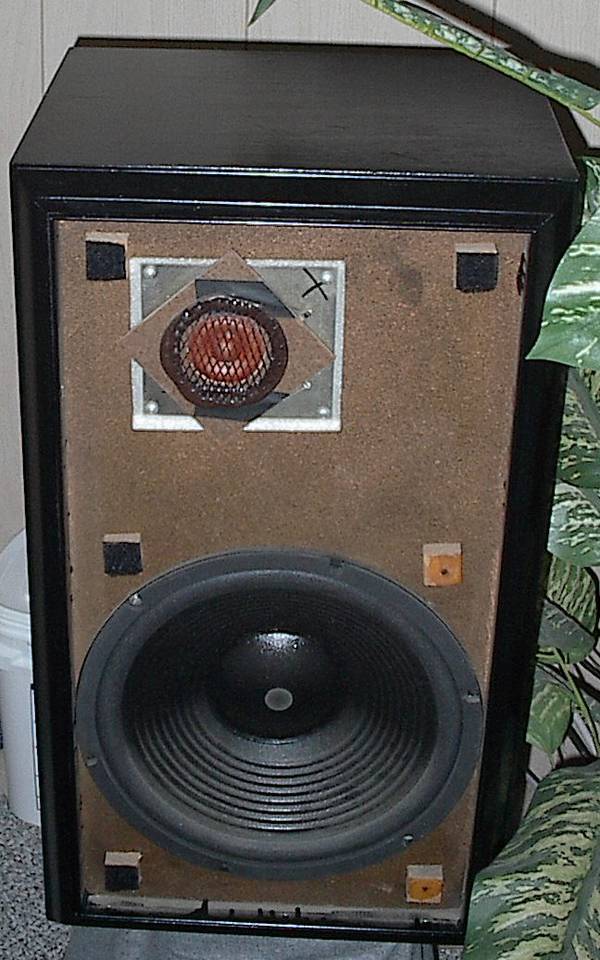

When the electrical current from an audio signal passes through its voice coil-a coil of wire capable of moving axially in a cylindrical gap containing a concentrated magnetic field produced by a permanent magnet-the coil is forced to move rapidly back and forth due to Faraday's law of induction this attaches to a diaphragm or speaker cone (as it is usually conically shaped for sturdiness) in contact with air, thus creating sound waves. The dynamic speaker was invented in 1925 by Edward W. This is thus the opposite function to the microphone, and indeed the dynamic speaker driver, by far the most common type, is a linear motor in the same basic configuration as the dynamic microphone which uses such a motor in reverse, as a generator. An audio signal, typically from a microphone, recording, or radio broadcast, is amplified electronically to a power level capable of driving that motor in order to reproduce the sound corresponding to the original unamplified electronic signal.

The speaker driver can be viewed as a linear motor attached to a diaphragm which couples that motor's movement to motion of air, that is, sound. A speaker system, also often simply referred to as a "speaker" or "loudspeaker", comprises one or more such speaker drivers (above definition), an enclosure, and electrical connections possibly including a crossover network. The hole below the lowest woofer is a port for a bass reflex system.Īmong audio equipment, a speaker (also sometimes called a speaker driver or, especially if audible at a distance, a loudspeaker) is an electroacoustic transducer, that is, a device that converts an electrical audio signal into a corresponding sound.


 0 kommentar(er)
0 kommentar(er)
